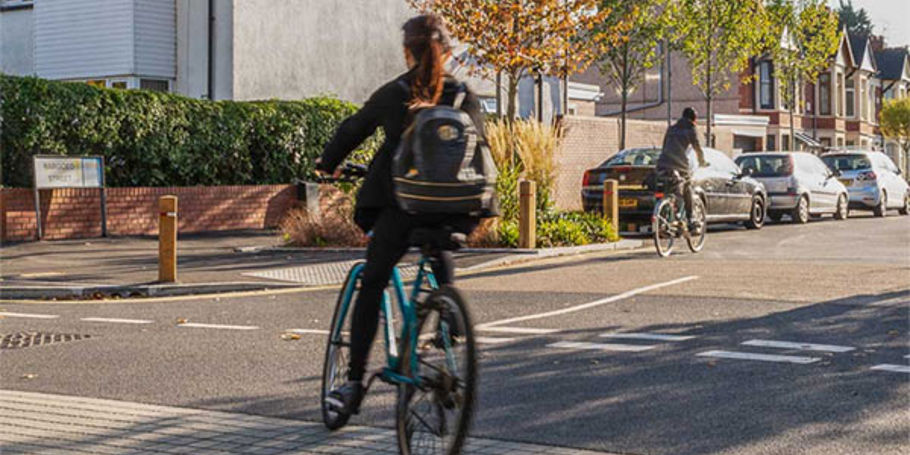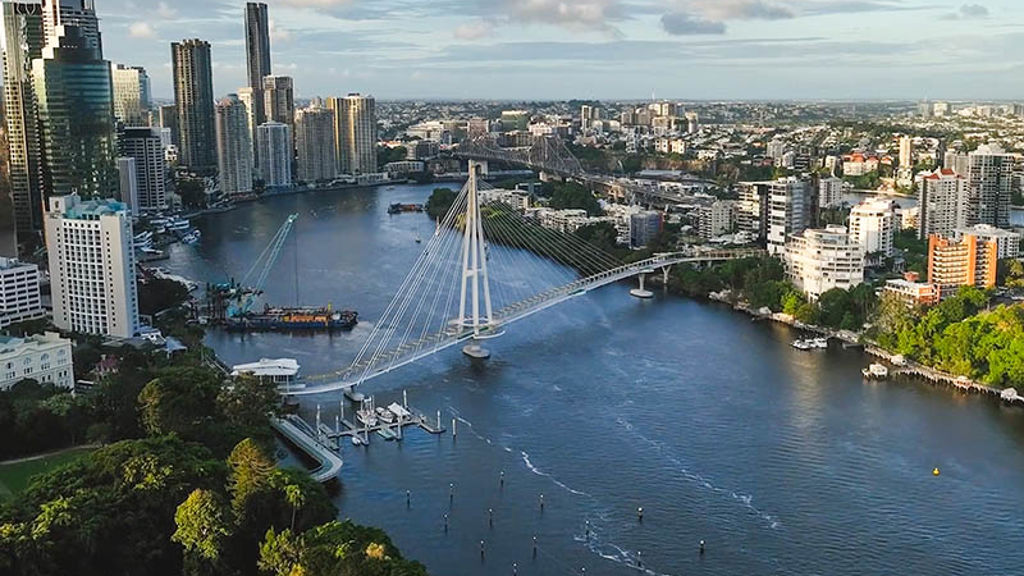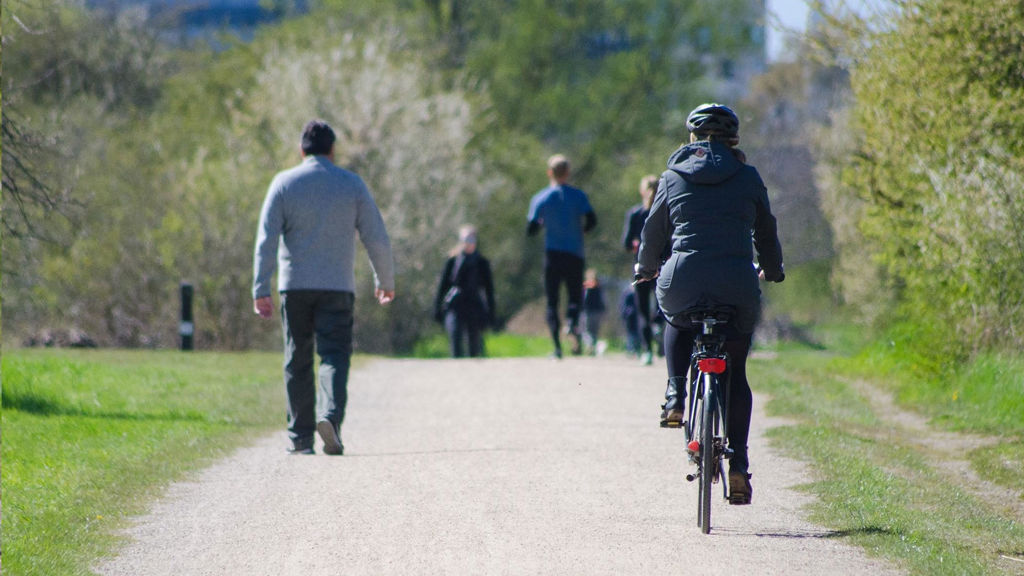Galway City Council commissioned Arup to design and introduce an integrated transport system strategy to support local communities and provide improved accessibility and connectivity to help the city plan for the future.
The Galway Transport Strategy (GTS) is a holistic framework to assess whether a city meets the transport needs of residents, including an analysis of transport demand, followed by the creation of a framework for the phased implementation of new transport infrastructure. It aims to safeguard the vibrant city whilst ensuring a robust foundation for future economic growth, with strong focused population growth of approximately 50% envisaged according to the National Planning Framework.
The strategy aims to remove non-essential traffic from the city centre, freeing up space for public transport and cycling routes while supporting long-term economic growth of Galway and the West Region. To form the strategy’s basis, prioritising other transport modes over private car travel and the creation of alternative traffic routes around the city’s key junctions operating over capacity will help place the movement of people and goods ahead of vehicles.
Transport consulting
The transport roadmap, developed by Galway City Council (GCC) and the National Transport Authority (NTA) as the lead government agencies and principal project consultant Arup, was integrated into planning policies by 2017. It provides clear implementation framework over its lifetime and is being used to secure funding and deliver transport projects to alleviate Galway’s traffic issues. This includes the development of the Galway City Centre Transport Management Plan (GCCTMP) and the N6 Galway City Ring Road, both key elements of the overall strategy.
Under current plans, short and medium-distance local trips will use sustainable travel modes, and longer distance city-based trips will be facilitated without traversing the core city area, which is currently heavily-constrained by traffic congestion, lack of network resilience and presence of natural features, including the River Corrib.
The strategy development required a comprehensive review of the existing transport network, including local and regional bus, rail, cycle, pedestrian and road networks. A public consultation process received feedback from a variety of stakeholders, including the local community and businesses and emphasised the need to address current and future transport needs of the city.








